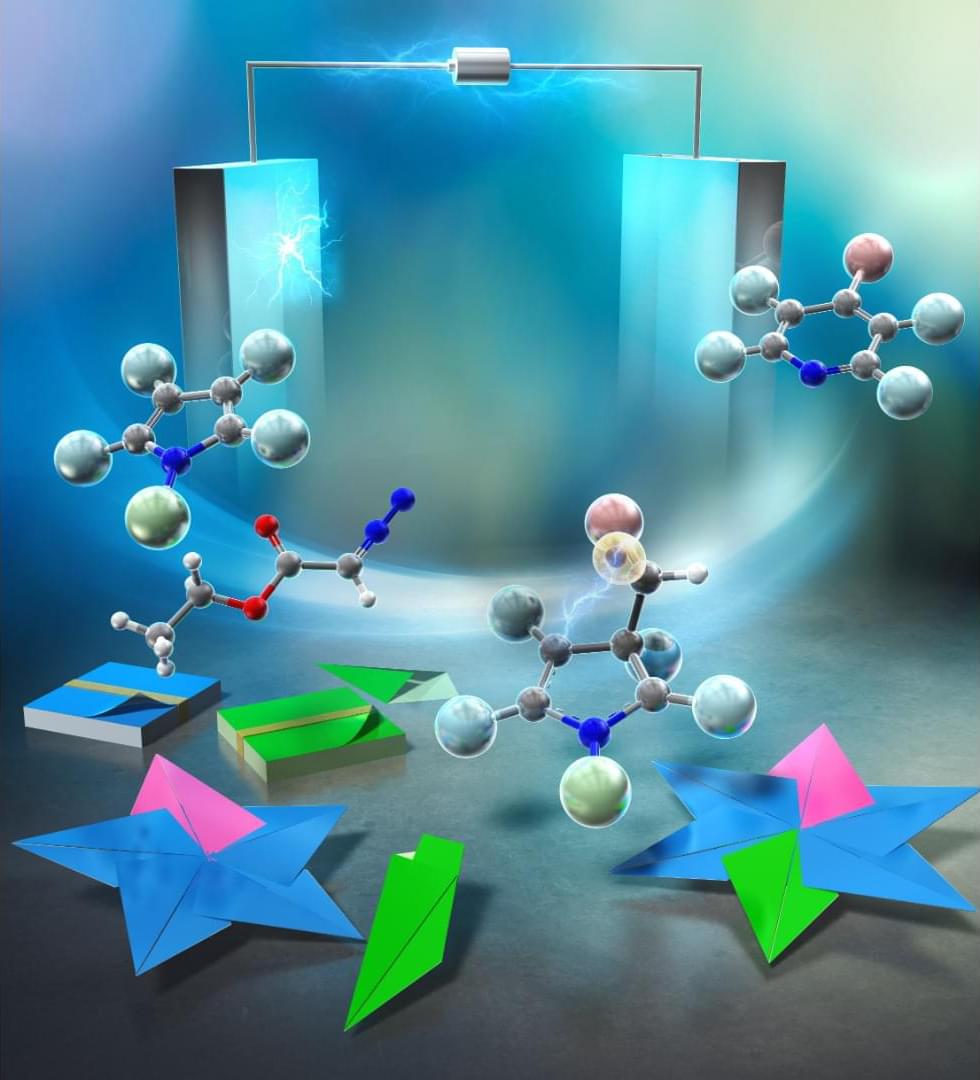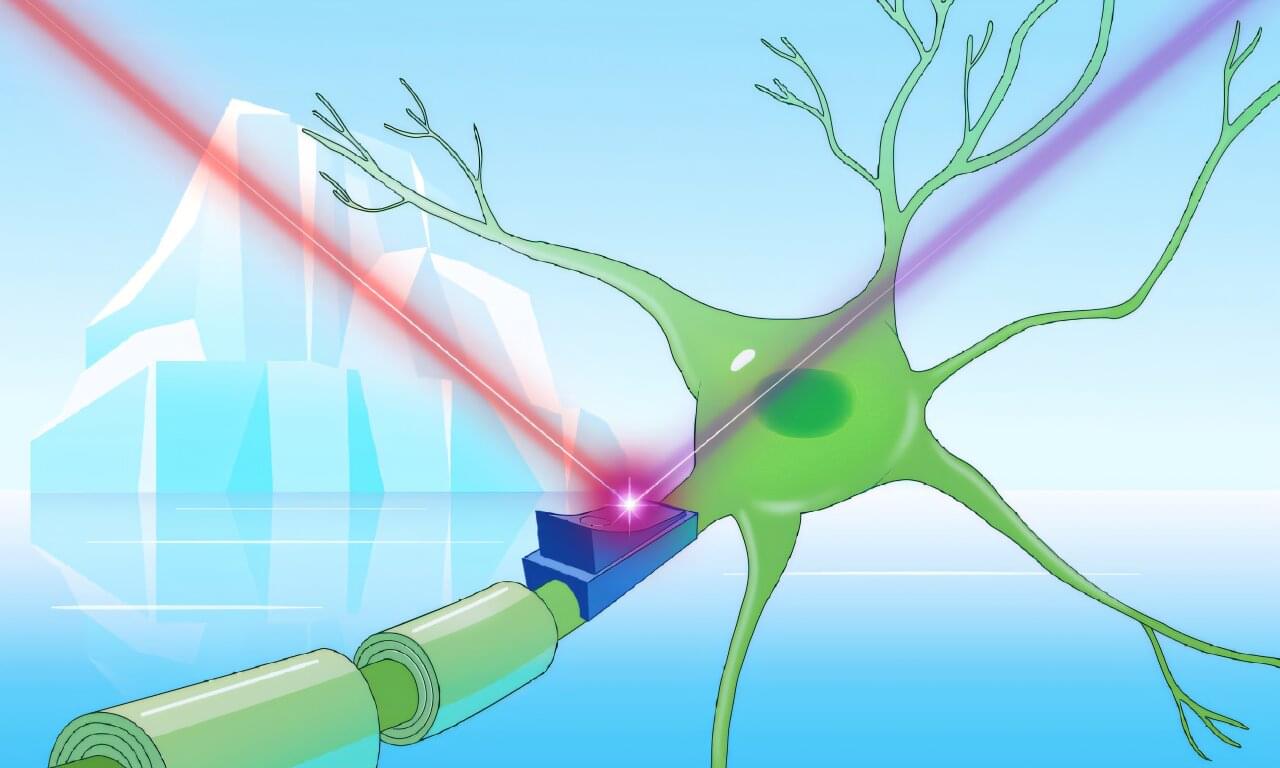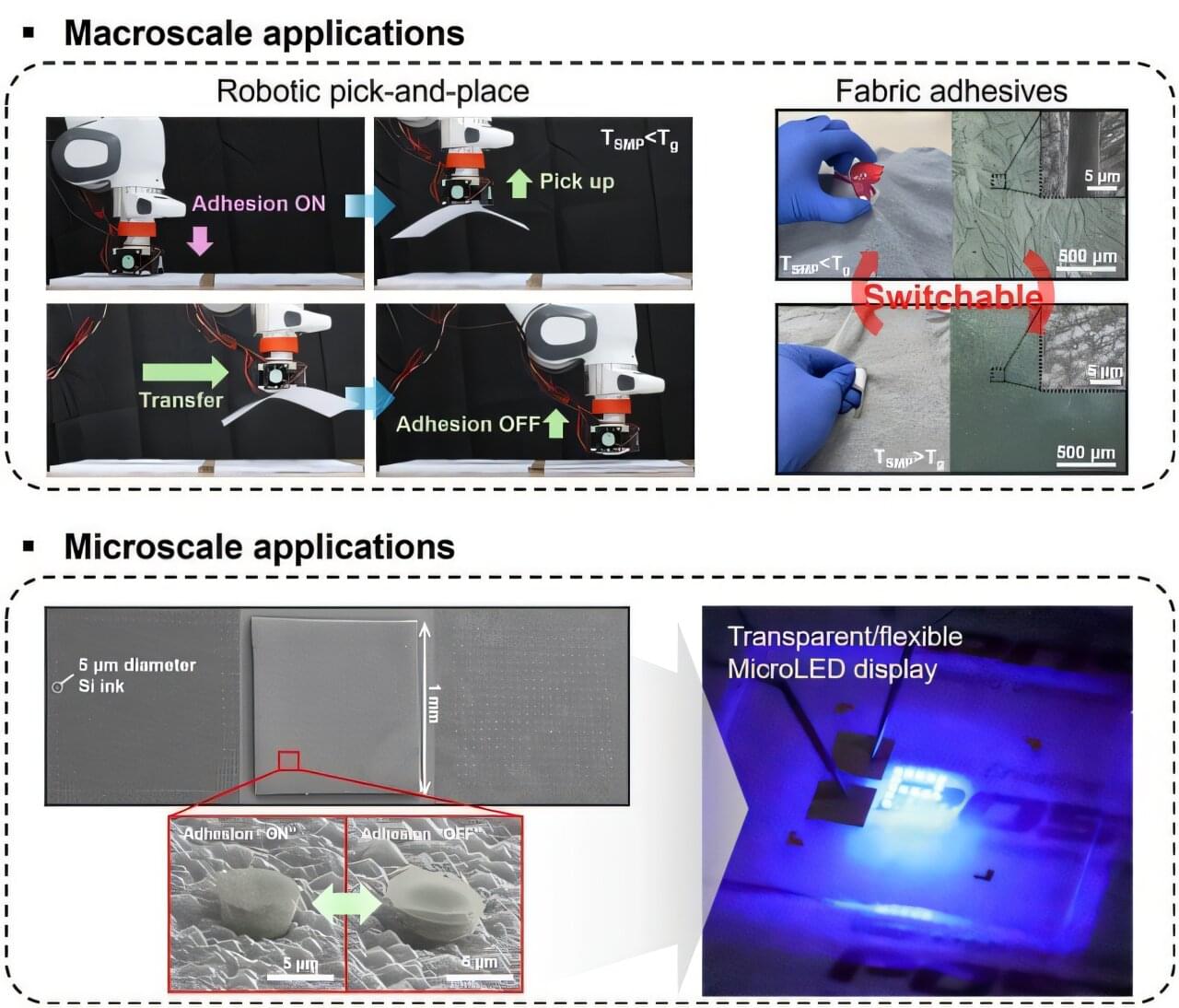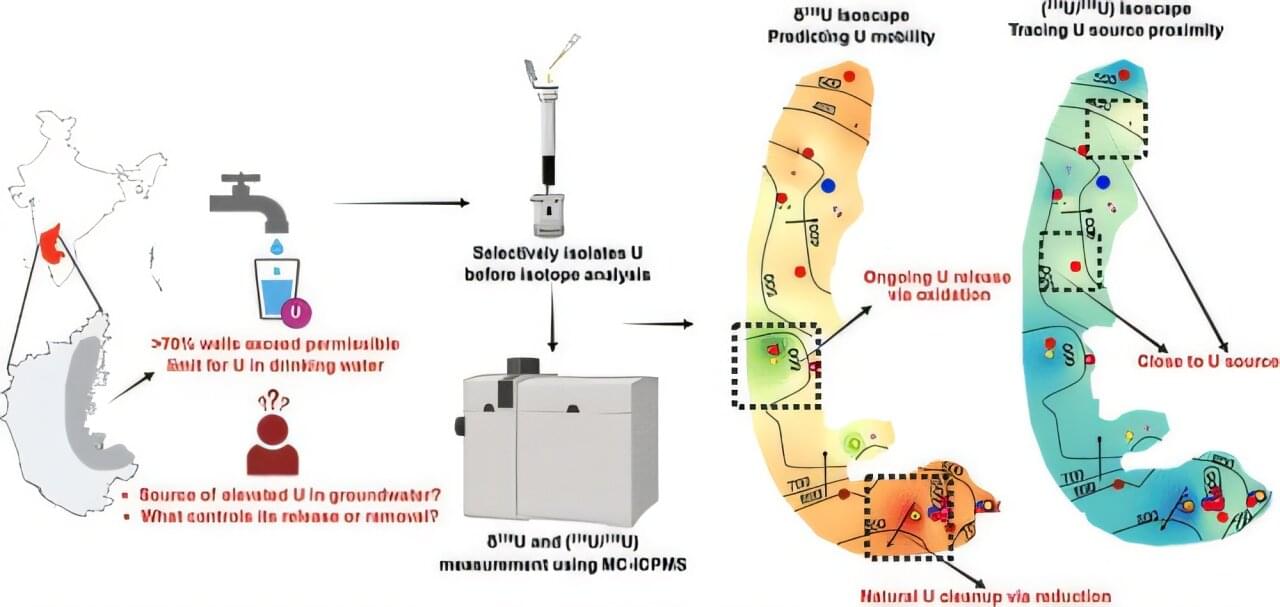A research team has discovered an electrochemical method that allows highly selective para-position single-carbon insertion into polysubstituted pyrroles. Their approach has important applications in synthetic organic chemistry, especially in the field of pharmaceuticals.
Their work is published in the Journal of the American Chemical Society on July 14.
“We set out to address the longstanding challenge of achieving single-carbon insertion into aromatic rings with precise positional control,” said Mahito Atobe, Professor, Faculty of Engineering, YOKOHAMA National University. Transformations that modify aromatic rings are central to pharmaceutical and materials synthesis. However, inserting a single carbon atom into a specific position—especially the para-position—has remained extremely rare. Para position describes the location of substituents, those atoms that replace a hydrogen atom on a molecule. In the single carbon insertion approach, researchers add a single carbon atom into a molecule’s carbon framework. This lengthens a carbon chain or expands a ring by one carbon unit.
Method has organic chemistry applications, especially in pharmaceuticals.









